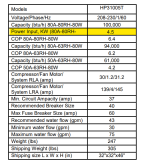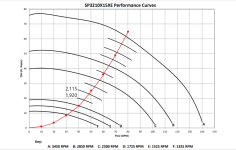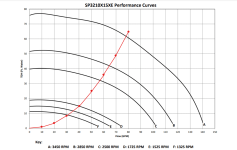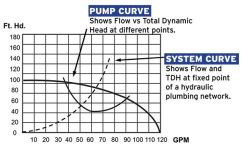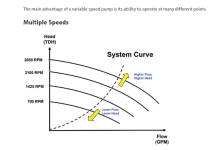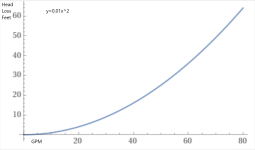Our pool will come with a Hayward Tristar XE 1.85THP. I'm trying to get an approximate picture of how much electricity it will use. It's Energy Star rated, super-efficient, etc.
Does anybody know how many amps it uses at different RPMs, or how many kWh? I can't find this information anywhere. I know our electric co. charges 8.02 cents per kWh, so if I could get this information, I could calculate its approximate monthly cost.
Does anybody know how many amps it uses at different RPMs, or how many kWh? I can't find this information anywhere. I know our electric co. charges 8.02 cents per kWh, so if I could get this information, I could calculate its approximate monthly cost.









